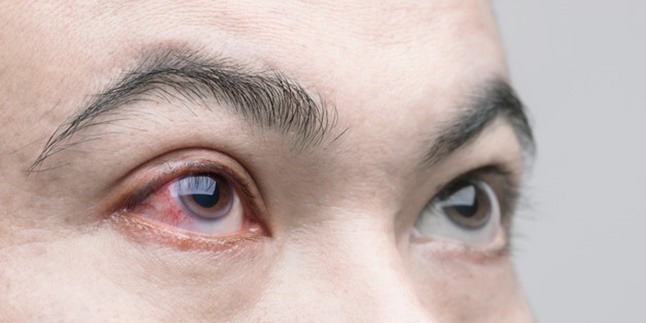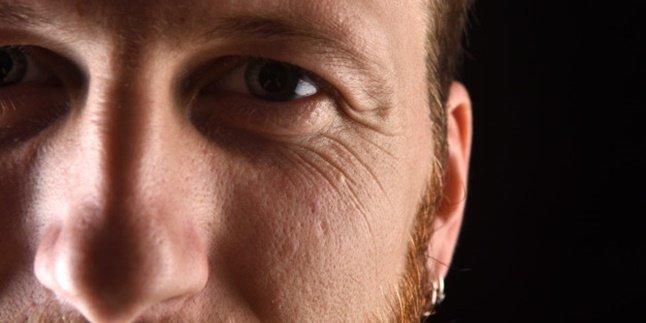Kapanlagi.com - The eyes are a part of the body that plays an important role in life. Unfortunately, the eyes are also one of the body organs that are vulnerable to disorders and damage. One of the most common eye disorders is cylindrical eyes. Many people equate cylindrical eyes with nearsightedness. However, there are several specific symptoms that are characteristic of cylindrical eyes.
It is important to know what the characteristics of cylindrical eyes are. Because by doing so, we can provide appropriate treatment, so that the eyes can still function optimally. According to healthline.com, cylindrical eyes can be caused by several factors such as genetic factors, the effects of injuries, or the effects of surgery. In addition, people with farsightedness are also more at risk of experiencing cylindrical eyes.
Many people are still unaware that they suffer from cylindrical eyes. Therefore, here are some reviews about the characteristics of cylindrical eyes that you need to know, summarized from various sources.
1. Easily Tired Eyes
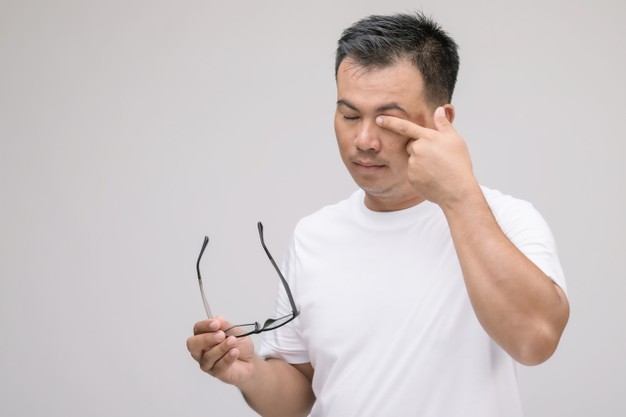
Characteristics of Astigmatism (credit: freepik)
Almost everyone has experienced tired eyes. It turns out, easily tired eyes can also be a sign of astigmatism. Tired eyes can be caused by overworking. Therefore, tired eyes usually occur when someone stares at an object for too long, such as when operating a computer or reading a book.
2. Lack of Focus
In addition to easily getting tired, eyes with astigmatism also tend to have difficulty focusing. However, in performing every activity, we must be able to focus. When the eyes have trouble focusing, activities will also be disrupted. But don't worry, taking a break can be a way to overcome sudden difficulties in focusing the eyes.
3. Blurry Vision
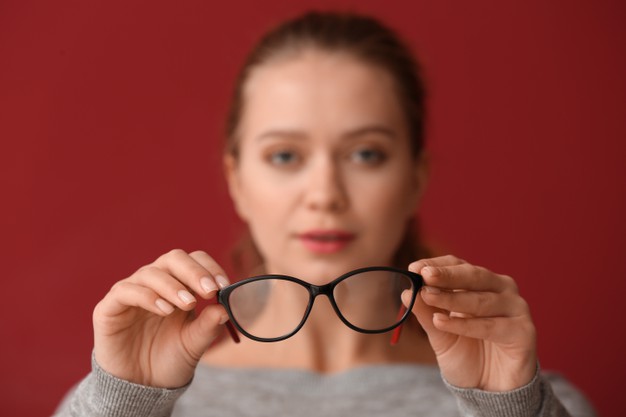
One of the characteristics of astigmatism is blurry vision (credit: freepik)
The third characteristic of astigmatism is blurry vision that can change at any time. Blurry or hazy vision has also been a common characteristic when the eyes are damaged. In astigmatism, blurry vision is caused by the inability of the eye lens to evenly distribute light. As a result, objects in the field of vision appear blurry and unclear.
4. Frequent Headaches
If you frequently experience headaches, then you should be cautious. Headaches are also one of the characteristics of astigmatism. Although in reality, this headache symptom only occurs in some cases. Usually, the arising headache is still related to tired eyes and inability to focus.
5. Experiencing Nearsightedness

Characteristics of astigmatism (credit: freepik)
As mentioned earlier, people with nearsightedness are more prone to experiencing astigmatism. People with nearsightedness will have difficulty seeing objects or reading writings from a distance. This can also have an impact on easily tired eyes and difficulty focusing.
6. Squinting Eyes
When the eyes feel uncomfortable or disturbed, squinting becomes one of the reflexes that is often done. Squinting is hoped to make the vision more focused. Not only squinting, sometimes to make the eyes more focused, some people also tilt their heads.
7. How to Overcome Cylindrical Eyes
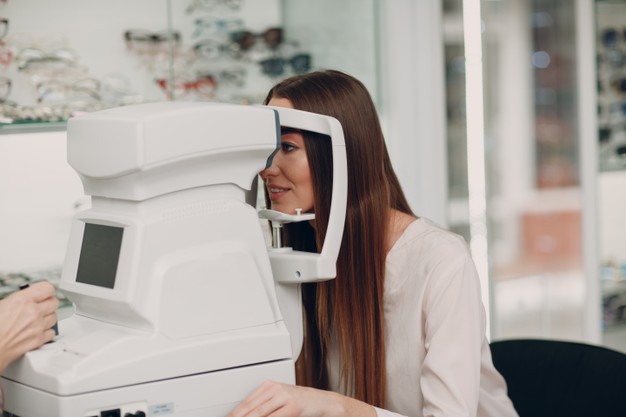
How to Overcome Cylindrical Eyes (credit: freepik)
After knowing the characteristics of cylindrical eyes, it is equally important to understand how to overcome them. Because in any case, the eyes are one of the vital organs and play an important role in daily activities. Therefore, any eye disorders should be addressed as much as possible.
Here are some ways to overcome cylindrical eyes:
1) Visit an Eye Doctor
The first step when you experience symptoms or characteristics of cylindrical eyes is to have yourself checked by an eye specialist. The eye doctor will perform a comprehensive examination to find problems and diseases in your vision. The examination includes several tests. The eye doctor will also recommend further actions and treatments.
2) Use Corrective Lenses
One of the treatments for cylindrical eyes is to use corrective lenses or glasses. The criteria or types of lenses or glasses used are in accordance with the examination by the eye doctor.
3) Ortho-K Treatment
Ortho-K or Orthokeratology, in medical terms, is a treatment that uses rigid contact lenses. The purpose is to temporarily correct irregular corneal curvature. This treatment is done by scheduling patients to wear rigid contact lenses for a limited period of time.
4) Undergoing Surgery
The last way to overcome astigmatism is by undergoing surgery. Doctors may recommend refractive surgery if the eye condition is severely damaged. Surgery can be done with laser or manually with a knife. Refractive surgery can permanently correct astigmatism. However, like other surgeries, refractive surgery also carries risks. Therefore, the decision to undergo this surgery must be carefully considered. Of course, considering the doctor's opinion.
Those are the characteristics of astigmatism, along with the causes and ways to overcome it. If you experience the above characteristics, do not hesitate to immediately consult a doctor. Hopefully useful!
(kpl/psp)
Disclaimer: This translation from Bahasa Indonesia to English has been generated by Artificial Intelligence.
